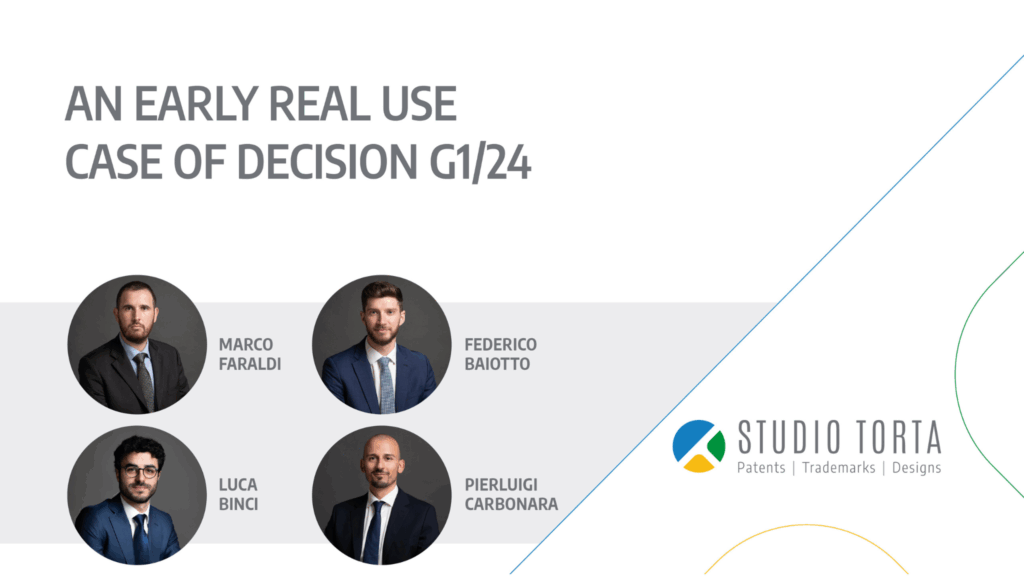The OPT-OUT in light of the latest amendments to the rules of procedure of the Unified Patent Court
The Unitary Patent and Unified Patent Court (UPC) is expected to enter into force in the spring of 2023 and will be preceded by the so-called “sunrise period”, a period of at least three months during which it will be possible to massively file opt-out applications for granted European patents and pending European patent applications before the Court becomes operational.
In view of the currently foreseen timeframe, it is advisable for those who intend to remove their EP patent rights from the jurisdiction of the UPC to initiate the necessary checks and take the necessary steps in order to meet the requirements for effectively opt-out applications, and be ready to file opt-out at the beginning of the sunrise period.
On 8 July 2022, the Administrative Committee formally adopted the revised Rules of Procedure of the UPC.
This final version clarifies that the opt-out must be signed by all owners/applicants for all states for which the patent was granted or designated in the patent application.
It follows that, where patent titles have different owners in different EPC countries, it will be necessary for all owners to agree and file an opt-out application or, vice versa, to revoke the opt-out (opt-in). In particular, also the owners of national rights deriving from the European patent in non-EU countries will have to take an active part together with the other owners in requesting the opt-out.
As a reminder, the requirements for the opt-out to be effective in removing the patent from the exclusive jurisdiction of the Unified Patent Court are as follows:
- No action has been brought before the UPC;
- Only the owner/applicant and its representative at the UPC are authorised to request the opt-out. The licensee, even if exclusive, is not authorised.
- In case of joint or different ownership for different EPC countries, all owners/applicants must agree and sign the opt-out or appoint a joint representative.
- If the actual owners do not correspond to the owners indicated in the EPO Register and in the national registers of the countries where the application was validated, such changes in the ownership of patent applications and patents must be recorded in advance. Alternatively, declarations must be submitted to prove the actual ownership of the patent titles.
The UPC Registry does not verify the correctness of the opt-out applications but simply makes the applications available to the public, which is effective in waiving the jurisdiction of the UPC at the time of its publication.
However, the opt-out application may be subject to litigation and inaccuracies may invalidate the effectiveness of the opt-out and nullify the waiver of the UPC’s jurisdiction.
For this reason, it is recommended to check that all requirements necessary to ensure the effectiveness of the opt-out application are met before filing it.
Another novelty in the Rules of Procedure recently introduced is Rule 5A, which sets out how the court should deal with an unauthorised opt-out request or an unauthorised withdrawal (opt-in) of an opt-out.
In such a case, the holder or applicant may file an application to remove an unauthorised opt-out request or opt-out waiver from the Registry, stating the reasons for doing so.
We are available to provide further clarifications on this matter as well as our services related to opt-out practice, which include:
- Checking the actual ownership of patent titles in the EPO Register and national registers;
- Recording changes of ownership, name, registered office;
- Drawing up and filing opt-outs and declarations on the actual ownership of patents;
- Monitoring the Registry of the UPC;
- Drafting and filing opt-out and opt-in applications;
- Drafting and filing a petition for review at the Court of Appeal.
We will be pleased to provide you with a quotation for the activities you are interested in.
MAURO ECCETTO
© Studio Torta (All rights reserved)




